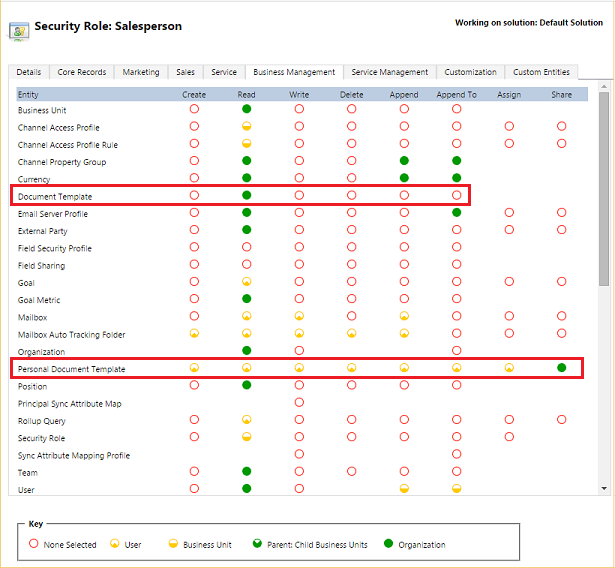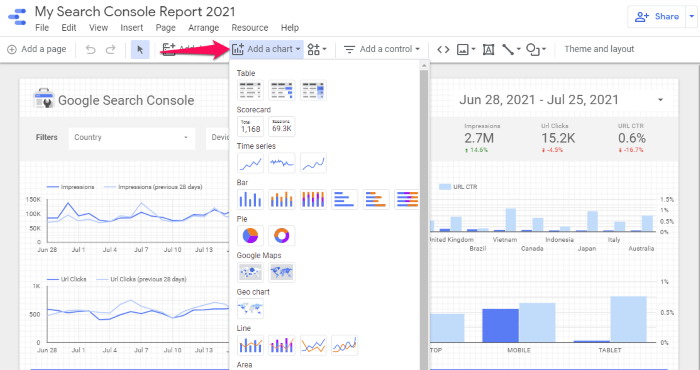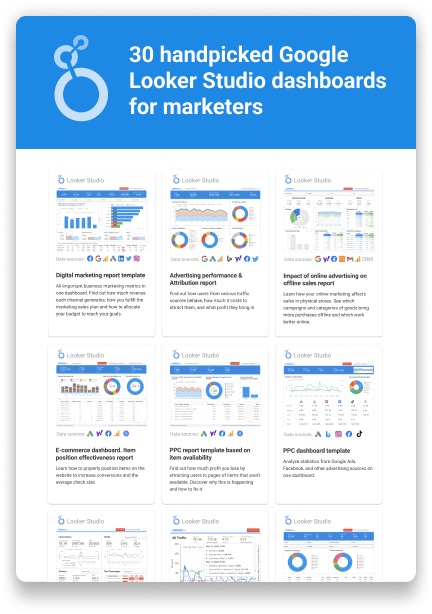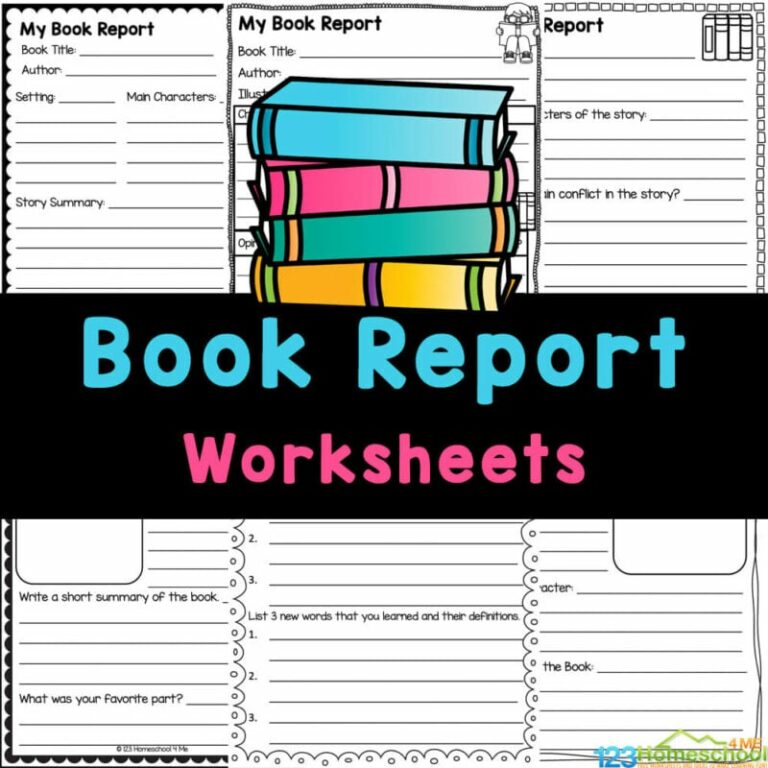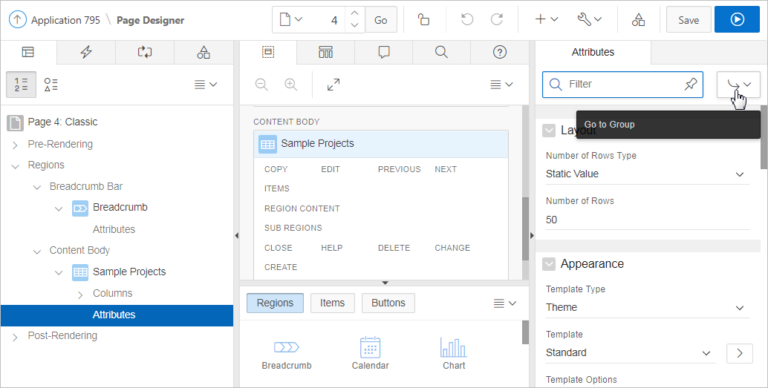Unlock the Power of Data with Microsoft Excel Report Templates
In today’s data-driven world, the ability to effectively present and analyze information is crucial. Microsoft Excel Report Templates empower users to harness the versatility of Excel for creating compelling and informative reports that streamline decision-making and drive business success.
From automating routine tasks to visualizing complex data, Excel report templates offer a comprehensive solution for a wide range of reporting needs. Join us as we delve into the world of Microsoft Excel Report Templates, exploring their benefits, applications, and best practices.
Introduction to Microsoft Excel Report Templates

Excel report templates are pre-designed spreadsheets that provide a structured format for presenting data in a clear and concise manner. They offer several advantages, including saving time and effort in report creation, ensuring consistency in report formatting, and enhancing the readability and professionalism of reports.
Various types of report templates are available in Excel, catering to different reporting needs. These include financial reports (e.g., balance sheets, income statements), sales reports (e.g., sales summaries, customer analysis), project reports (e.g., project plans, status updates), and marketing reports (e.g., campaign performance, market research).
Excel report templates are widely used in various industries and business functions. They are commonly employed for tasks such as tracking project progress, analyzing sales data, creating financial statements, and summarizing marketing campaign results.
Creating and Customizing Excel Report Templates
Whip out your Excel skills, cuz we’re about to show you how to make report templates that’ll knock your boss’s socks off. We’ll guide you through the creation process and give you tips on customizing them to fit your fancy. Plus, we’ll share some secrets for designing templates that are both eye-catching and informative.
Creating a New Excel Report Template
Start by opening up a blank Excel workbook. Then, go to the “File” tab and click “New.” In the search bar, type “report template” and hit enter. You’ll see a bunch of pre-made templates, but we’re going to create our own from scratch. Click on the “Blank Workbook” option and let’s get started.
Customizing Existing Templates
If you’re feeling lazy or don’t have time to design your own template, you can always customize one of the pre-made templates that Microsoft provides. Just open up the template you want to use and start making changes. You can add or remove rows and columns, change the font and colors, and even insert your own logo. The possibilities are endless!
Designing Effective and Visually Appealing Report Templates
When it comes to designing report templates, there are a few things you should keep in mind. First, make sure your template is easy to read and understand. Use clear and concise language, and avoid using jargon or technical terms that your audience might not be familiar with. Second, make sure your template is visually appealing. Use colors and fonts that are easy on the eyes, and avoid cluttering your template with too much information. Finally, make sure your template is consistent with your company’s branding. Use the same colors, fonts, and logos that you use in your other marketing materials.
Data Management and Analysis in Excel Report Templates
Excel report templates provide a structured framework for managing and analyzing data. Effective data management is crucial for generating accurate and meaningful reports.
Importing data from various sources is often the first step. Excel offers multiple options for importing, including from text files, databases, or even other Excel workbooks. Once imported, data cleaning is essential to ensure its accuracy and consistency. This involves removing duplicates, correcting errors, and formatting data consistently.
Organizing Data
Organizing data involves structuring it in a way that facilitates analysis. This includes creating tables, assigning data types, and using formulas to perform calculations. Tables allow for easy data manipulation and sorting, while data types ensure that data is handled appropriately (e.g., dates are recognized as dates, not text).
Analyzing Data
Excel provides a wide range of formulas and functions for analyzing data. These include statistical functions (e.g., AVERAGE, SUM), logical functions (e.g., IF, AND), and lookup functions (e.g., VLOOKUP, INDEX). Formulas enable you to perform complex calculations and summarize data efficiently.
PivotTables are another powerful tool for data analysis. They allow you to create interactive summaries and drill down into data to identify trends and patterns. Charts and graphs can also be used to visualize data and make it easier to understand.
Visualizing Data in Excel Report Templates
Excel report templates offer a wide range of charting and graphing options to help you present data in a visually appealing and informative manner. Whether you’re working with numerical data, time series, or categorical data, there’s a chart type that will suit your needs.
Choosing the right visualization type is crucial for effective data presentation. Here are some key considerations:
Chart Types
- Bar charts: Ideal for comparing values across categories.
- Line charts: Used to show trends over time or across different variables.
- Pie charts: Represent proportions or percentages of a whole.
- Scatter plots: Display relationships between two or more variables.
- Histograms: Show the distribution of data.
Creating Visually Impactful Charts
To create visually impactful charts, follow these tips:
- Use clear and concise titles and labels.
- Choose colors that are easy to distinguish and complement your data.
- Format your charts to fit the available space.
- Consider using annotations to highlight important points.
Creating Informative Charts
In addition to being visually appealing, your charts should also be informative. Here’s how to ensure they are:
- Include a legend to explain the meaning of different colors or symbols.
- Use data labels to show the actual values of data points.
- Add trendlines or regression lines to show patterns or relationships.
By following these guidelines, you can create visually stunning and informative charts that effectively communicate your data and insights.
Formatting and Styling Excel Report Templates
Formatting and styling are crucial in Excel report templates as they enhance readability, consistency, and professionalism.
Fonts: Use legible fonts that are easy on the eyes, such as Arial or Calibri. Consider font size, boldness, and italics for emphasis.
Colors
– Employ colors to highlight important data or sections.
– Use contrasting colors for headings and text to improve readability.
– Avoid using too many colors that can be distracting.
Borders
– Borders can separate data, create visual hierarchy, and improve readability.
– Use different border styles (e.g., solid, dashed) to distinguish different sections.
– Ensure borders are consistent throughout the template.
Best Practices
– Establish a consistent color scheme, font family, and border style.
– Use templates with pre-defined styles to save time and ensure consistency.
– Consider the audience and purpose of the report when choosing formatting options.
Sharing and Collaborating on Excel Report Templates

Excel report templates can be shared with others to enable collaboration and streamline reporting processes. This facilitates the sharing of knowledge, expertise, and resources within a team, leading to improved efficiency and consistency in report creation.
Sharing Excel Report Templates
To share an Excel report template, the owner can use the “Share” option within the Excel interface. This allows them to specify the email addresses of the individuals or groups they want to grant access to the template. The recipients will receive an email with a link to the shared template, and they can then open and use it in their own Excel applications.
Benefits of Collaborating on Report Templates
Collaborating on report templates in a team environment offers several benefits, including:
- Standardization and Consistency: Collaboration ensures that all team members are using the same template, promoting consistency in report formatting, data analysis, and visualization.
- Knowledge Sharing: Collaborating allows team members to share their expertise and learn from each other, fostering a knowledge-sharing culture within the team.
- Time Savings: By working together on report templates, teams can save time by avoiding duplication of effort and leveraging each other’s contributions.
Managing and Versioning Report Templates
When multiple team members are collaborating on report templates, it’s important to establish clear guidelines for managing and versioning the templates. This includes:
- Version Control: Using a version control system, such as Microsoft Teams or SharePoint, allows team members to track changes to the template over time and revert to previous versions if necessary.
- Change Management: Establishing a change management process ensures that all changes to the template are documented and approved, preventing unauthorized modifications.
- Template Ownership: Clearly defining the ownership of each template ensures that there is a single point of contact for any questions or updates.
Frequently Asked Questions
What types of report templates are available in Excel?
Excel offers a wide variety of report templates, including financial statements, sales reports, project plans, marketing dashboards, and many more.
How do I customize an Excel report template?
You can customize Excel report templates by modifying the layout, formatting, data sources, and formulas to meet your specific requirements.
Can I collaborate on Excel report templates with others?
Yes, Excel allows multiple users to collaborate on report templates simultaneously, facilitating efficient teamwork and seamless version control.
What are the benefits of using Excel report templates?
Excel report templates streamline report creation, ensure consistency, save time, improve accuracy, and enhance data visualization.
